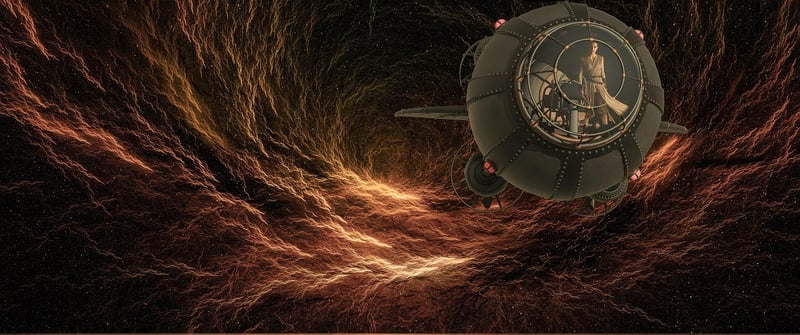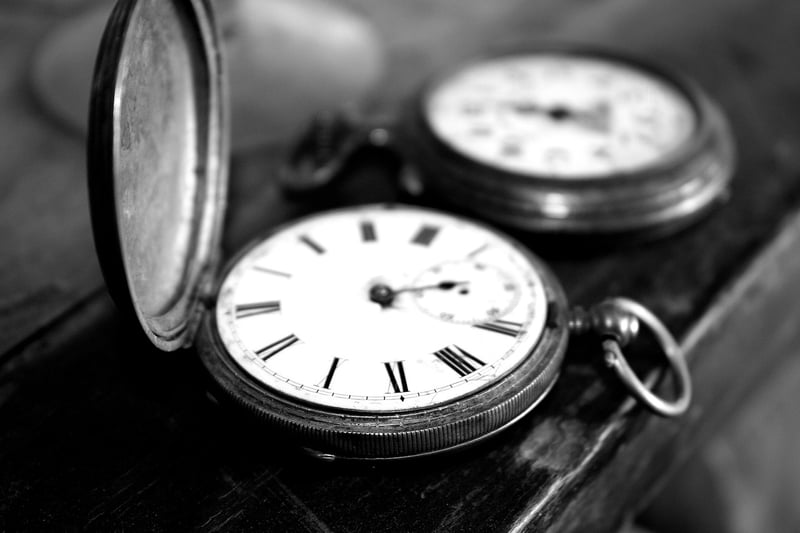Chronometers
Unlocking the Secrets of Time Travel: Tools and Chronometers
Time travel, a concept that has captured the imagination of many for centuries, has been the subject of countless works of fiction. While the idea of traveling through time remains a theoretical possibility, there are tools and devices that enthusiasts and scientists alike believe could one day make time travel a reality. Let's explore some of these tools and the role of chronometers in the quest for time travel.
1. Wormholes
One of the most popular theories for time travel involves the use of wormholes, hypothetical passages through spacetime that could create shortcuts for long journeys across the universe. If these wormholes exist and can be stabilized, they might one day allow us to travel not only through space but also through time.

2. Tipler Cylinder
Proposed by physicist Frank J. Tipler, the Tipler Cylinder is a rotating cylinder that could theoretically enable time travel through the twisting of spacetime around it. While building such a device remains a distant possibility, the concept has intrigued many researchers.

3. Chronometers
Chronometers play a crucial role in any potential time travel scenario. These timekeeping devices are essential for accurately measuring and recording time, ensuring that travelers can navigate through different time periods with precision.
Types of Chronometers:
- Atomic Clocks: Highly accurate timekeeping devices that rely on the vibrations of atoms to measure time.
- Quartz Watches: Popular timepieces that use the vibrations of a quartz crystal to keep time with great precision.
- GPS Timekeeping: Utilizes signals from GPS satellites to provide accurate time information globally.
By integrating advanced chronometers with theoretical tools like wormholes and Tipler Cylinders, scientists hope to one day unlock the secrets of time travel and explore the mysteries of the past, present, and future.
While time travel remains a speculative and challenging field of study, the quest for understanding the nature of time continues to drive scientific exploration and innovation.
